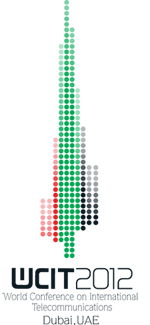 A new report by Stéphane Téral, principal analyst for mobile infrastructure and carrier economics and Diane Myers (pictured), principal analyst for VoIP and IMS, Infonetics Research concludes that:
A new report by Stéphane Téral, principal analyst for mobile infrastructure and carrier economics and Diane Myers (pictured), principal analyst for VoIP and IMS, Infonetics Research concludes that: "The number of global OTT mobile VoIP subscribers more than doubled from 2010 to 2011, to 98 million, with about 40% of the subscribers based in EMEA (Europe, the Middle East and Africa)"
" .. In the crowded OTT mobile VoIP market, Microsoft/Skype still dominates [see "Skype Grew by 48% in 2011 - Generating 25% of all International Minutes" - here] .. independent OTT mVoIP providers like Google Voice, Fring [here], Line2, Nimbuzz, Talkonaut, ThruTu, and Truphone are working to differentiate from Skype and operator-driven OTT services such as T-Mobile’s Bobsled and Telefónica’s TU Me by making their service easier to use, lowering prices, integrating social networking, and adding video features".
"Still, with OTT mVoIP subscribers paying an average of only $14 per year [here], sustaining an OTT mobile VoIP service is extremely challenging, and most providers face daunting possibilities: go out of business or sell to a larger organization; or find a way to drive revenue beyond cheap calling"







(1).png)





























+Welcome,+Azi!+-+LinkedIn.png)







